What Are Hair Building Fibers? How They Work, Tips, And Side Effects
A detailed guide to help you understand the tricks and risks of using this hair product.
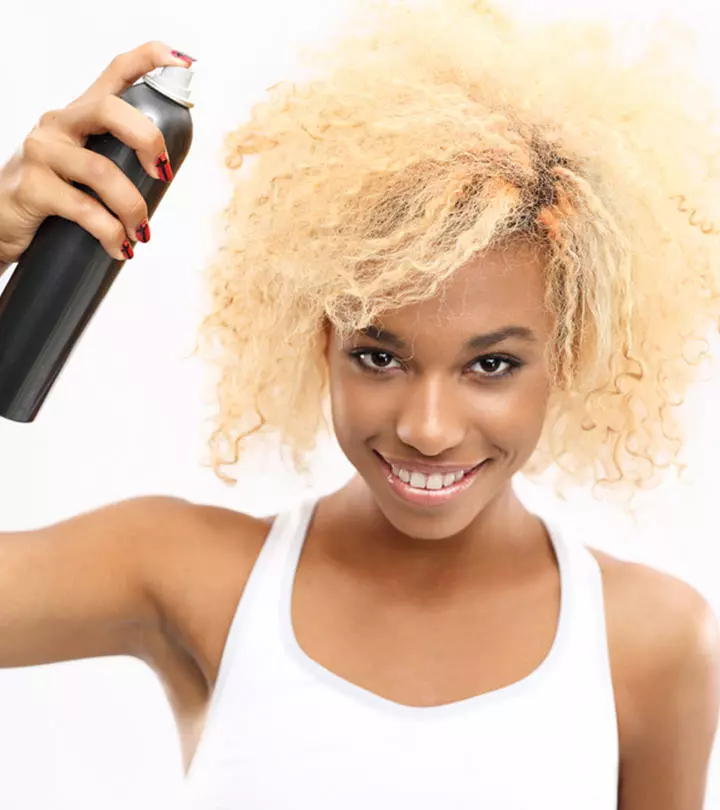
Image: Shutterstock
Hair building fibers are one of the best solutions for camouflaging hair loss. They come in powder and spray forms and are relatively inexpensive and easy to use. The hair fibers are made of keratin protein and stick to your hair, giving it a thicker and fuller appearance, hiding thinning spots effectively.
If you are dealing with hair loss and want to give it a try, scroll through this article to understand how hair building fibers work, ways to use them, and the side effects.
In This Article
What Are Hair Building Fibers?
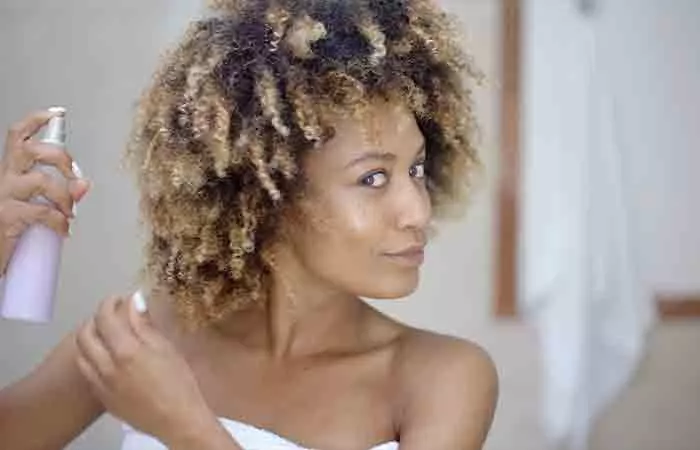
Hair building fibers (or hair fibers) are camouflaging products made of keratin protein. They are available in either spray form or as a powder that you can spray or sprinkle on your scalp. These fibers contain static electricity charges and stick to your hair, giving it natural coverage and making it appear fuller and thick. These products are available in various shades to match your natural hair color.
If you are curious about how to get thicker hair, these fibers provide a quick and effective solution by giving your hair the illusion of added volume and density. The mechanism behind these fibers is pretty ingenious but simple. Let’s find out how they work.
Key Takeaways
- Choose the fibers that blend with your natural color and texture.
- Hair fibers contain static electricity charges to stick to hair; you can easily apply hair fibers with a hair fiber hold spray.
- Fibers suit both men and women, all you have to do is pick the one that matches closest to your natural hair.
- The transitory nature of hair fibers makes them simple to remove with shampoo.
- Hair fiber use may cause itchiness or discomfort in some persons, so it is crucial to perform a patch test before use.
How Do Hair Fibers Work?
The hair fibers are made of keratin extracted from wool, rice, rayon, or even human hair. Each fiber is positively charged, while the natural human hair surface is negatively charged (1), (2). The fibers latch to the natural hair surface due to the opposing charges, covering the thinning spot and giving a fuller appearance.
The hair fibers can match with any hair type or texture and can be easily washed off.
They do not require binding glues and are cost-effective, easy to apply, and look natural. If you are wondering whether you can use hair fibers or not, find out in the next section.
Who Should Use Topical Hair Fibers?
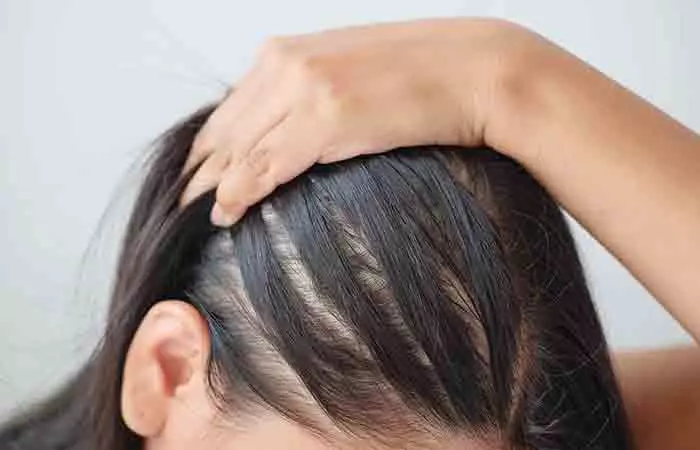
You can use hair fibers if:
- Your hair is thin and exposes your scalp.
- You have flat hair.
- You have thinning gray hair.
- You want to add more body to your hair.
- You want to cover the color difference between hair and the scalp.
- You have mild or moderate hair loss.
A survey involving 349 people with hair loss found that 79% of them (approximately 283 people) use camouflaging agents to cover thinning spots, and 59% chose hair-building fibers (3).
Since the hair building fibers require negatively charged hair strands to adhere to, they cannot cover bald spots or patches. Here are some pointers to consider when applying these hair fibers.
Tips To Use Hair Fibers
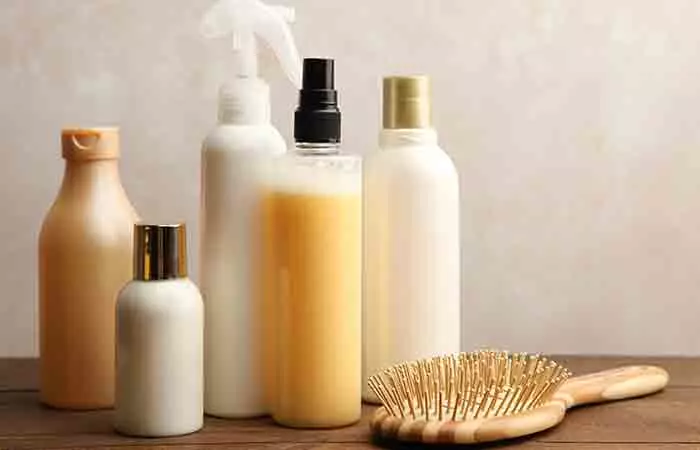
- Ensure to pick a product that is an exact match of your natural hair color. If you have colored your hair, opt for hair fibers in the same shade. This ensures a natural appearance.
- Use the hair building fibers on dry hair as they cannot bind to wet hair. Clumped wet hair prevents even distribution. Avoid swimming with the product on your scalp to avoid washing it off.
- Do not overuse the hair fibers. Start with a little bit of product and build up gradually until you get the desired coverage.
- Do not comb after applying the hair fibers as that will remove the product from the hair. Style your hair first, and then apply.
- You may also use a hair fiber spray to secure the hair in place longer. These sprays do not affect the bonds between topical fibers and natural hair.
- Do not use heat styling tools after applying topical hair fibers.
- Use a hair fiber applicator for precise application. It spreads the hair fibers evenly for a more natural look.
- Do not apply the hair fibers on oily and conditioned hair. Oils and conditioners minimize the negative charge on the hair. As a result, the hair fibers cannot adhere to the strands properly.
- Avoid using a smoothing serum, mousse, or hair cream before applying hair fibers. The smoothing products reduce any interfiber friction and make it difficult for the hair fibers to attach to natural hair shafts.
- Use a fiber hair comb to adjust your hairstyle after applying the hair fibers. These combs are soft and will not remove the hair building fibers.
 Quick Tip
Quick TipHair building fibers contain colorants and other chemicals that may cause some side effects. Here are a few things you should be aware of.
Side Effects Of Hair Building Fibers
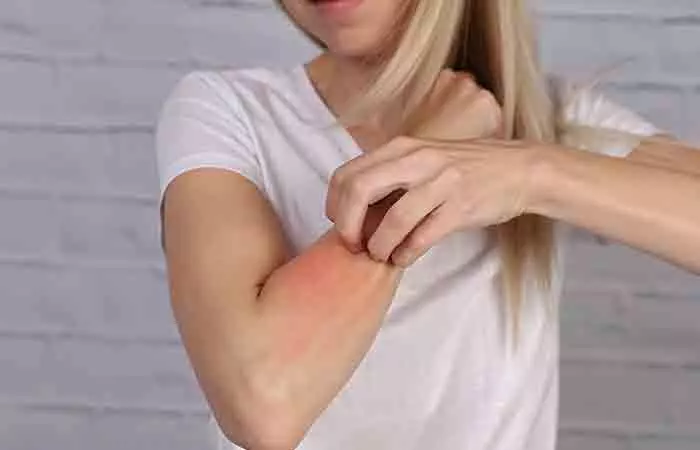
The hair building fibers may cause:
- Allergic reactions
- Skin irritation
- Itchiness
Avoid products that may contain ingredients you are allergic to. If you are using the hair fibers for the first time, you should keep in mind that the process may be a bit messy and stain your clothes and bedding. Moreover, it may make you conscious about the final look of the hair fibers as they may get easily affected by sweat, moisture, and oil. This might make you wonder how long the hair fibers may last.
How Long Do Hair Fibers Last On The Hair?

Hair building fibers ideally stay on until you wash your hair. However, the staying ability is affected by factors like sweat, moisture, sebum, and rain. You may need to touch-up occasionally. However, several brands have products that are moisture and humidity-resistant. Such products may last for a day or two.
In addition, you may also follow certain tips when choosing a hair building fibers product to ensure they are of good quality and last long. Scroll down to know about them in detail.
How To Select The Right Hair Building Fibers
Ensure the best look and durability by choosing the right hair building fibers for yourself. Consider the following factors.
- Color Match: Select fibers that closely match your natural hair color for a seamless look.
- Texture Compatibility: Choose fibers that align with your hair type for better blending.
- Hold Strength: Look for fibers that provide long-lasting hold to withstand wind, sweat, and styling.
- Ingredients: Opt for products made with natural, non-irritating ingredients such as keratin protein, to avoid scalp sensitivity.
- Ease Of Use: Consider the application method, some fibers come with spray or pump dispensers for easy and precise application.
 Did You Know?
Did You Know?Infographic: Important Tips To Use Hair Fibers
Hair fibers are the best temporary fix as they give you fuller tresses and add instant volume without much effort. These hair concealer products are made with keratin and available in powder or spray form, as discussed in the article. They are also known as hair filler, hair volumizer, and hair thickening products. To know about the important tips for using it, check out the infographic below! Illustration: StyleCraze Design Team
Final Thoughts
Hair building fibers can effectively conceal thinning hair, hair loss, and low hair volume. While they do get the job done, creating the appearance of voluminous hair, it is also essential to follow a proper hair care regimen to nourish and strengthen your hair. You may try home remedies to minimize hair thinning and control hair fall. Also, consult a doctor to determine the underlying reason for your hair loss.
Frequently Asked Questions
Can you sleep with hair fibers?
Yes, you can sleep with hair fibers, but it is important to note that they may transfer to your pillowcase and sheets.
Can I use hair fibers daily?
Yes. While hair fibers are safe to use every day, it is important to wash your hair as well to avoid product buildup to prevent your scalp from appearing greasy. Check the product’s label for usage instructions and recommendations.
Are there permanent hair fibers?
No. Permanent hair fiber products have not yet been developed. Hair transplantation, the use of hair growth medication under the supervision of a medical expert, or other therapies like low-level laser therapy and vitamin infusion therapy may offer permanent solutions.
Discover more about hair building fibers. Check out this insightful video to learn more about how they work and how you can use them to get the best results.
References
Articles on StyleCraze are backed by verified information from peer-reviewed and academic research papers, reputed organizations, research institutions, and medical associations to ensure accuracy and relevance. Read our editorial policy to learn more.
- Hair Camouflage: a Comprehensive Review,
https://www.sciencedirect.com/science/article/pii/S2352647517300278 - Hair Cosmetics: An Overview,
https://www.ncbi.nlm.nih.gov/pmc/articles/PMC4387693/ - Effect of Camouflaging Agents on Psychological Well-Being: a Cross-Sectional Survey of Hair Loss Patients,
https://www.jaad.org/article/S0190-9622(17)30032-4/fulltext
Read full bio of Dr. Shruti Chavan
Read full bio of Anjali Sayee
Read full bio of Ramona Sinha
Read full bio of Krati Darak






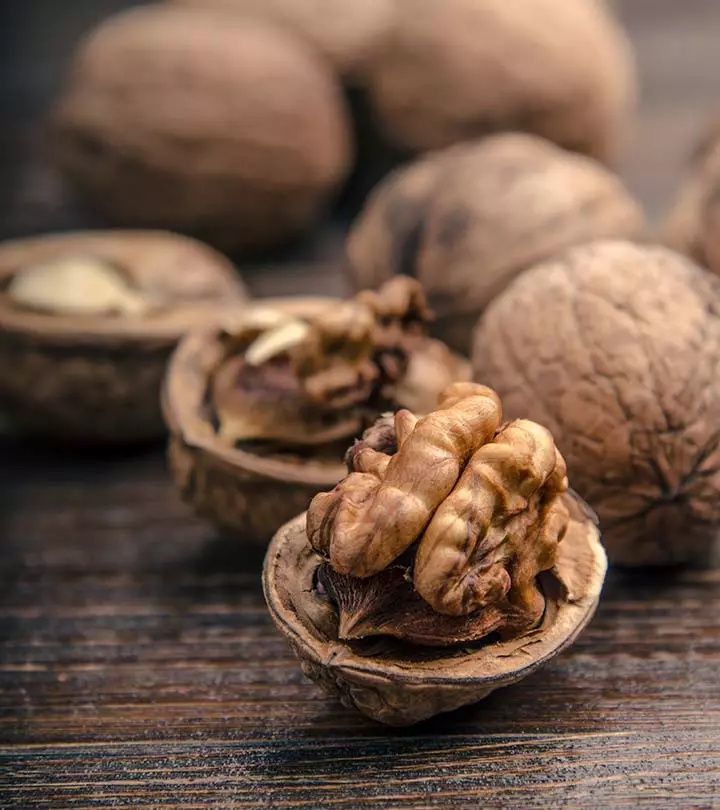
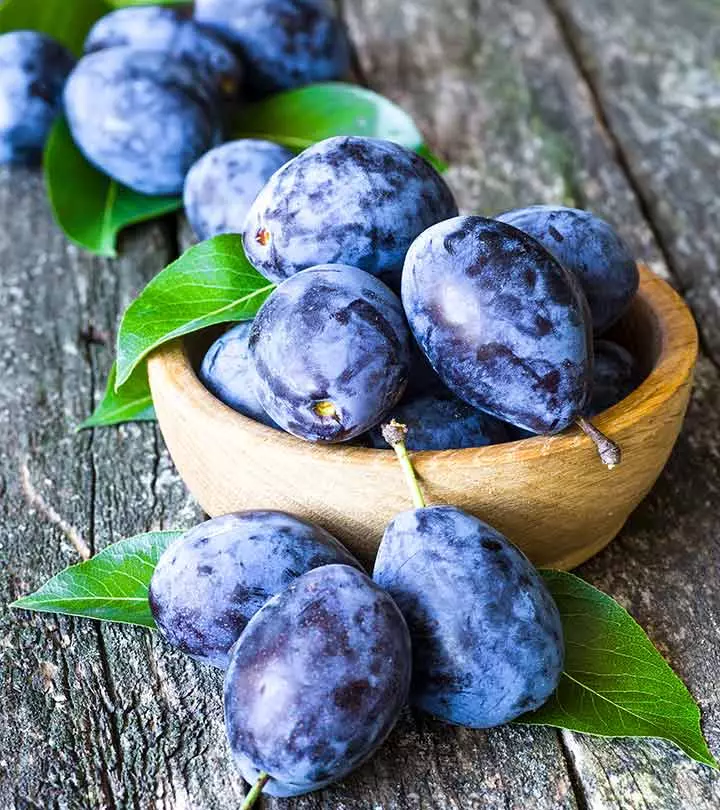
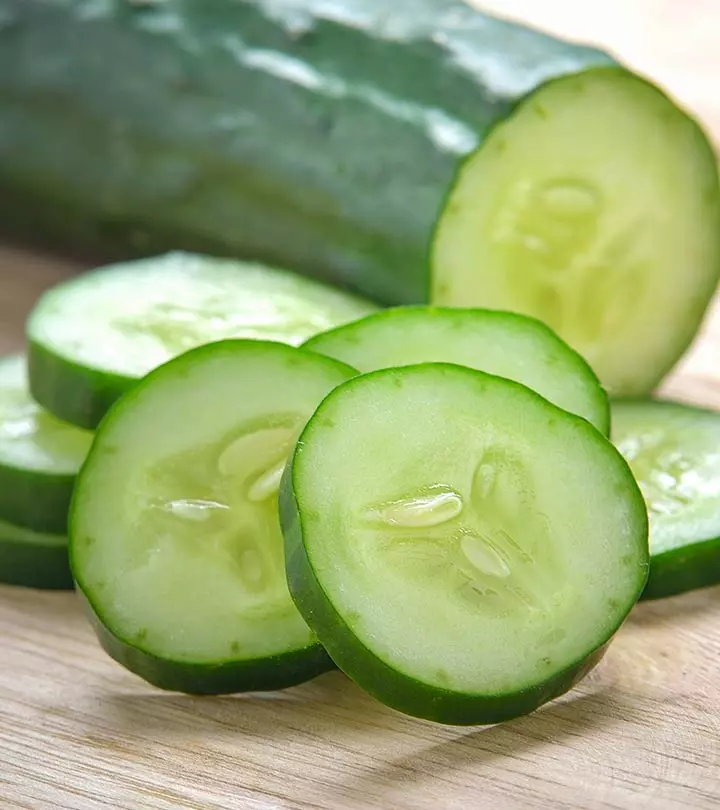


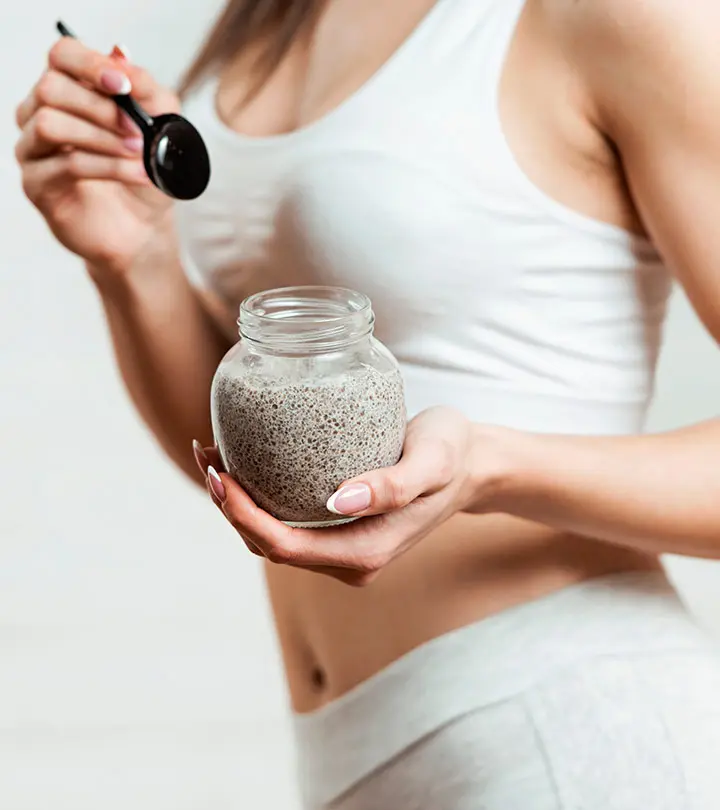
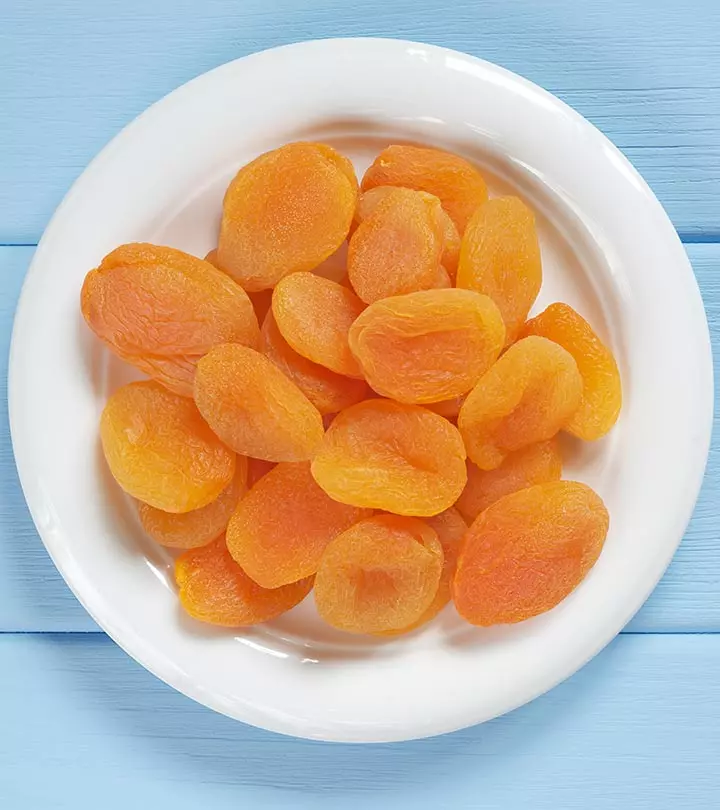
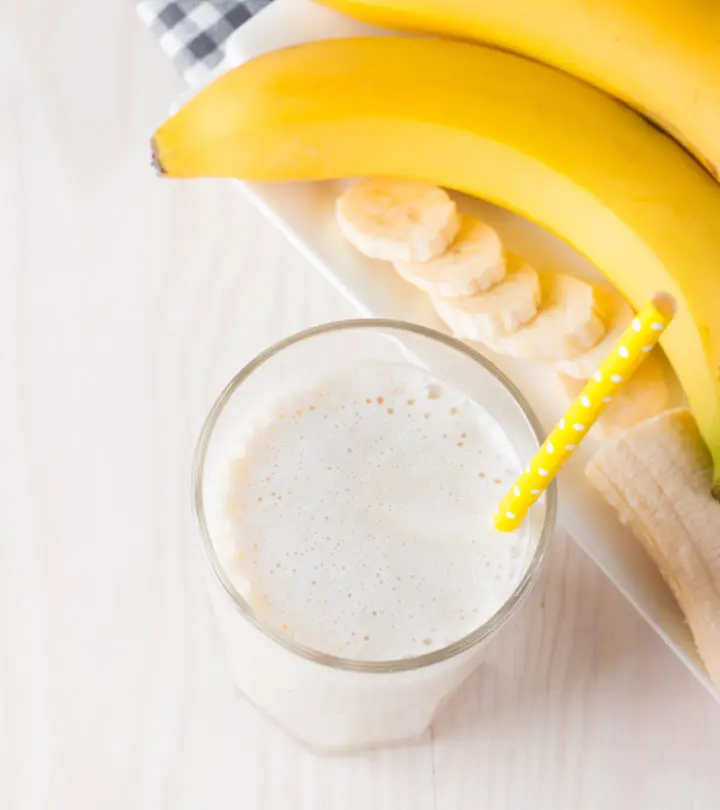

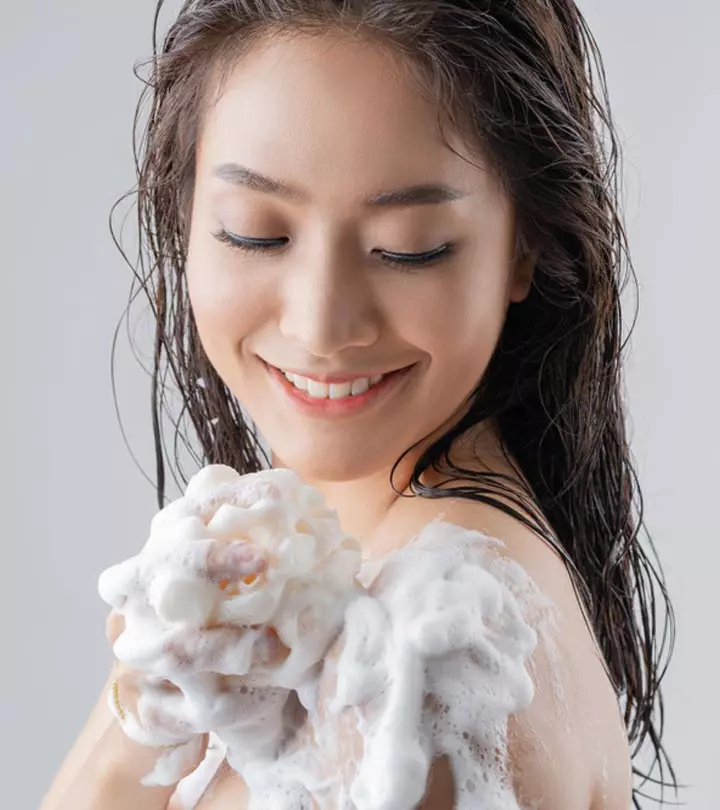
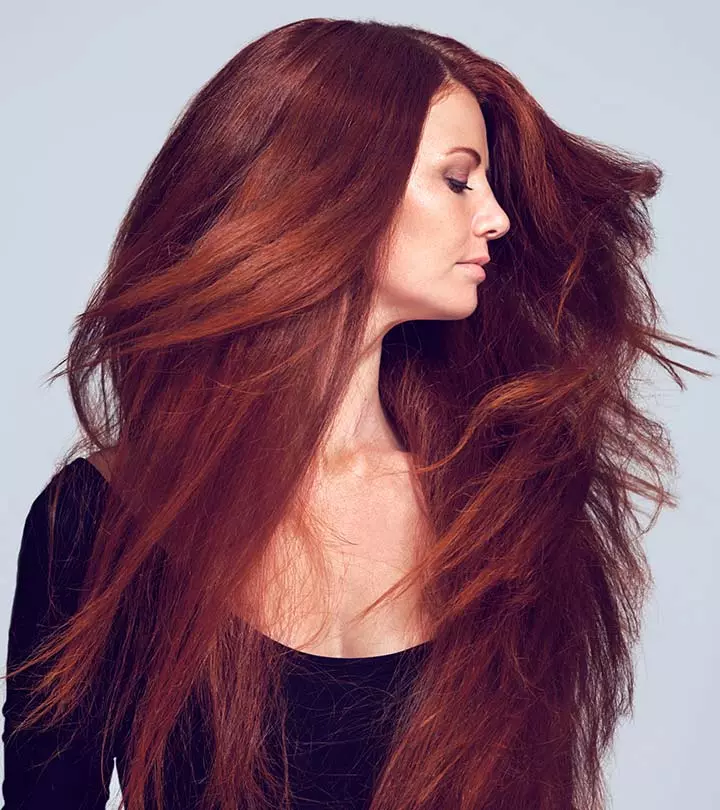

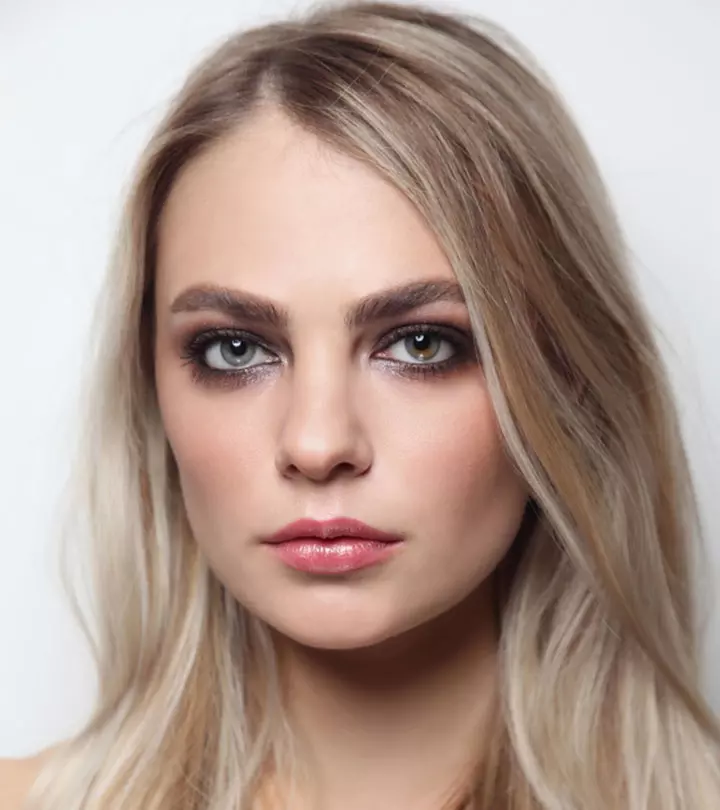
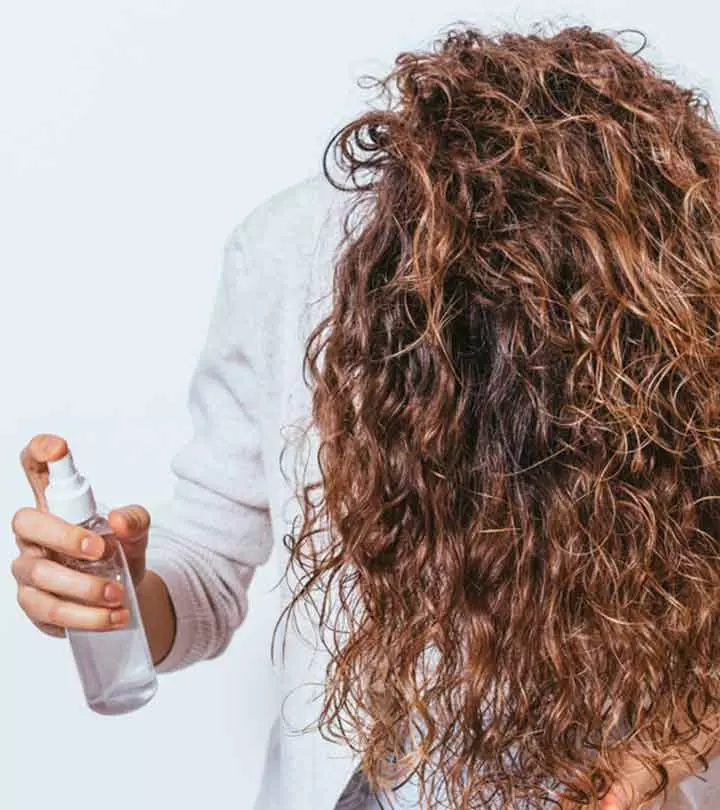
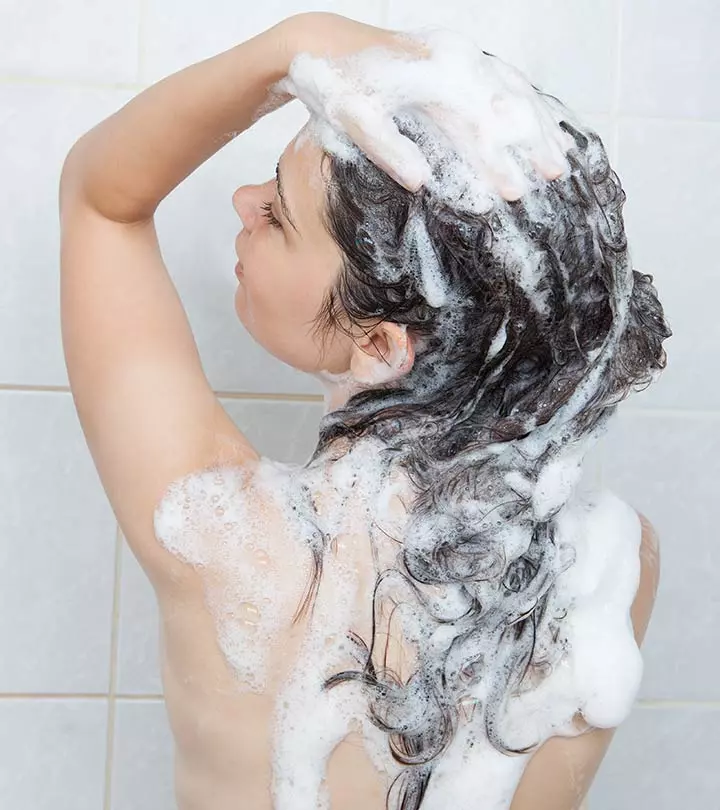
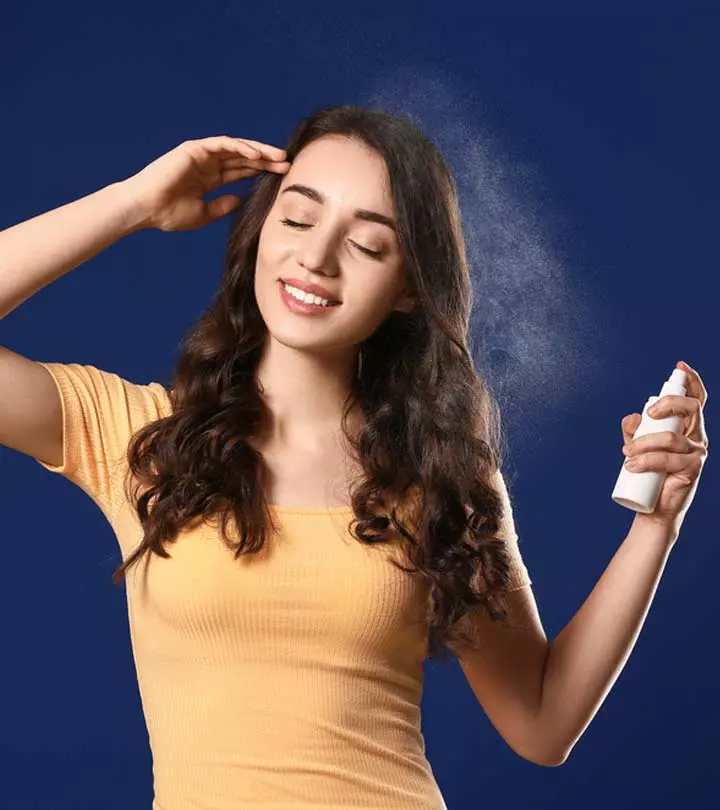

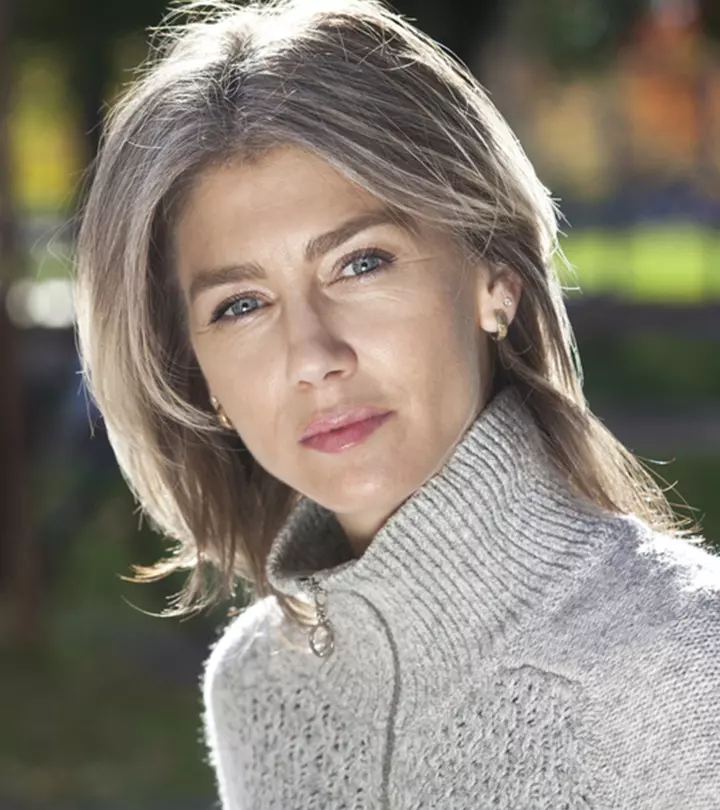
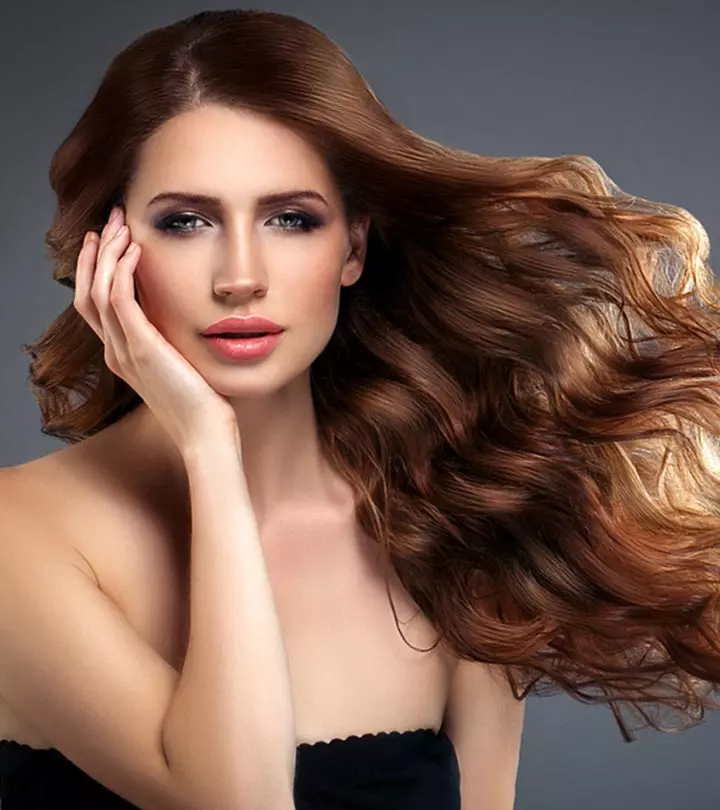

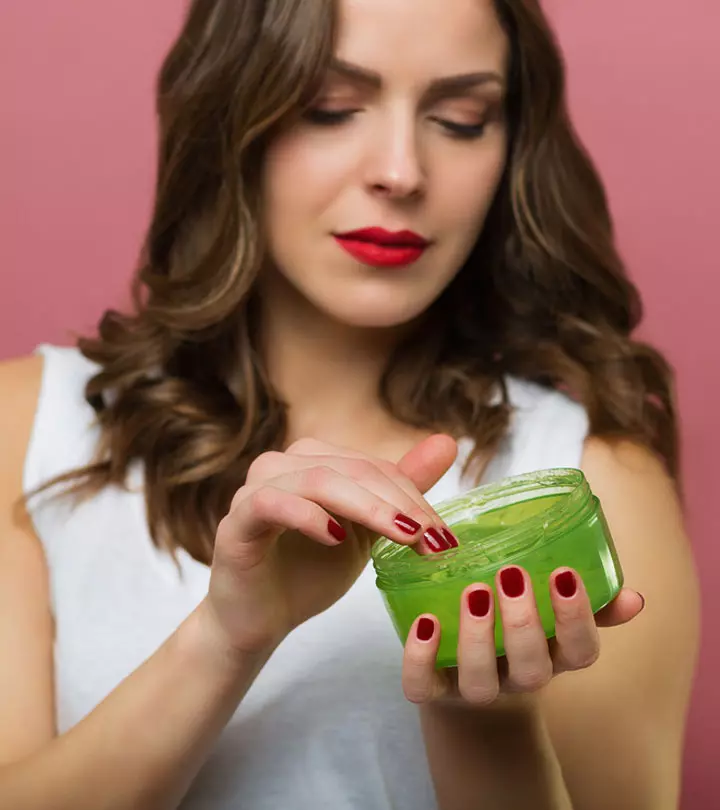
Community Experiences
Join the conversation and become a part of our empowering community! Share your stories, experiences, and insights to connect with other beauty, lifestyle, and health enthusiasts.